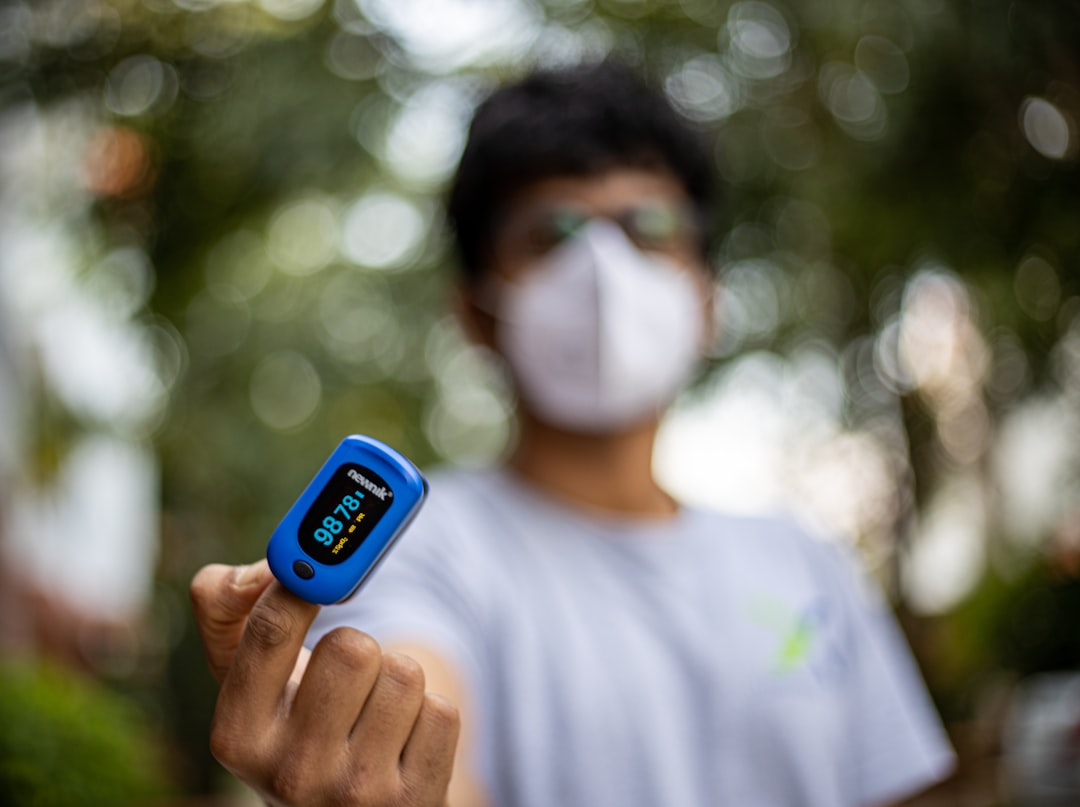What is it about?
Primary hyperoxaluria type 1 is arare inherited disease leading to renal failure, ultimately requiring combined kidney and liver transplantation. Because of the rarity of this disorder, the diagnosis is often missed or delayed by several years, especially when the disease first manifests in adulthood, thus depriving patients of the benefits of therapeutic measures that have been instituted in a timely manner. Therefore, any method allowing early diagnosis is eagerly awaited.
Featured Image
Why is it important?
We propose that a morphologic examination be performed before compositional analysis by means of x-ray diffraction or infrared spectroscopy, since this direct examination through SEM constitutes a simple, rapid, and cheap tool that might point toward the early diagnosis of primary hyperoxaluria type 1. This diagnosis might provide affected patients with a better chance to benefit from the early institution of adequate therapeutic management.
Read the Original
This page is a summary of: Peculiar Morphology of Stones in Primary Hyperoxaluria, New England Journal of Medicine, July 2008, New England Journal of Medicine (NEJM/MMS),
DOI: 10.1056/nejmc0800990.
You can read the full text:
Resources
Contributors
The following have contributed to this page










